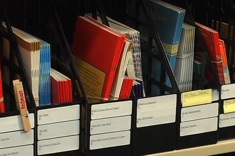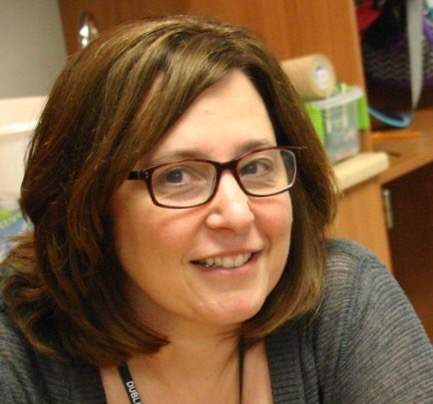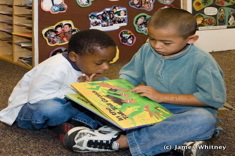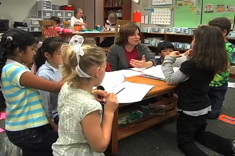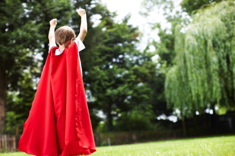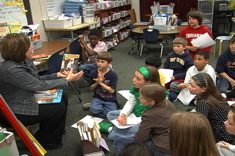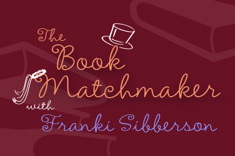I am going on another diet. Not one of my favorite things, but something I have to do. I know that for the diet to last through all of the weight I need to lose, I need a little variety. I can’t eat lettuce, grilled chicken and oatmeal for months at a time. When I have gone on diets without variety, I have always ended up deciding that I’d rather just be a little plump. It isn’t really worth it.
I am wondering if this is the same thing that our youngest readers feel when they are given only a diet of leveled books. I wonder if after months and months of leveled books as their only independent reading material, they feel as we chronic dieters do. Do they watch other students in the room reading “real books” in the same way that we watch size 5 colleagues in the lounge eating brownies? Do they think maybe they’d just rather not be readers?
I started out as a first-grade teacher 24 years ago (at a size 5, I may add). I remember how exciting it was to watch six-year-olds learn how to read. I also remember spending $200 on a small set of leveled books from The Wright Group. I was so excited that a company had come out with terrific books that these first graders could read. When they arrived, the kids couldn’t have been more excited.
Companies like the Wright Group, Rigby and Seedling Publications all produced great books for our youngest readers. The books produced by these companies focused on great stories, matched with text that our newest readers could handle. It was these first leveled book publishers that truly understood what our Kindergarten and first grade readers needed to grow. Many of our students fell in love with Mrs. Wishy-Washy and Dan, the Flying Man
in the early days of leveled books.
Since that time, the quality of leveled books has deteriorated. Luckily we still have some great companies producing engaging books like those first leveled books. However, every publishing company in the world seems to have joined the trend of creating their own leveled books. The quality varies and more often than not, the books do not provide the support that students need at this critical time in their reading lives.
The important thing I remember about those leveled books that I bought years ago is that they were not the only books that my first graders were reading. We had a wonderful classroom library filled with quality picture books that students would want to read over and over and over again. I remember books like The Napping House by Audrey Wood and I Know an Old Lady Who Swallowed a Fly
being critical to so many children’s lives as readers.
Leveled books certainly have a place for our K-1 readers. However, I worry when I see classroom libraries and student book bags filled only with these “little books” as they’ve come to be called. Are we giving our readers the message that “we don’t think you are ready for real books yet”?
So, as this leveled book craze continues, I am always on the lookout for books that young, new readers can read and fall in love with, books that will balance our children’s reading diets. As a mother of one of these readers, I wanted her diet of reading to be full of great children’s literature. I wanted her to read books of different sizes, different genres and by different authors. I wanted her to find books that she wants to read over and over and over again. And I wanted her to help her find books that she can read independently.
These are the books my daughter loved in our home library — not because of the “level,” but because of the engaging story and great supports. We added these to other older favorites like Silly Sally by Audrey Wood and Time for Bed
by Mem Fox. I chose them all for different reasons but I believe even beginning readers can enjoy each of these books independently, and see themselves as readers. If I were to give a running record, I am not sure many young readers could read every one at an “independent” or “instructional” level, but they are still just right for many students because they provide variety in this critical time of their reading lives.
Hurry! Hurry! by Eve Bunting
The illustrations along with the two words on each page are perfect for young readers. The two words (Hurry! Hurry!) let the readers know to look for an exciting ending to this barnyard story.
Ella Sarah Gets Dressed by Margaret Chodos-Irvine
This is a repetitive story about a little girl who doesn’t like others choosing her clothes!
Charlie Chick by Nick Denchfield and Ant Parker
This is a pop-up book that I love. There are only a few words on a page and lots of surprises.
Llama Llama Red Pajama by Anna Dewdney
This is one of those rhyming books that begs to be read again and again.Â
The Cow Who Clucked by Denise Fleming
Cow goes looking for his lost “moo”. Each animal on the farm uses his own animal sound to let Cow know that they did not take his moo. The text is repetitive to support young readers.
Where Is the Green Sheep? by Mem Fox
This is a favorite book with repetitive text. As with all of Mem Fox’s books, the rhythm, simplicity and fun make this text perfect for new readers.
Butterfly Butterfly: A Book of Colors by Petr Horacek
This story about a girl and a butterfly has a few words on a page, large print, colorful illustrations, a predictable pattern with matching pictures and a surprise ending.
Why Do I Have to Eat Off the Floor? by Chris Hornsey
A dog asks his child owner why he can’t do all of the things that she is allowed to do. Simple sentences and great humor make this one a perfect match for young children.
Love You When You Whine by Emily Jenkins
This book reassures children that we love them when they whine, when they won’t eat dinner, and at other vexing moments. Each page has one line of text that matches the picture.
Not a Box by Antoinette Portis
A small bunny is using a box for lots of fun play. Each page is repetitive and simple. The delightful pictures provide great support for the reader.
Emily’s Balloon by Komako Sakai
A story that all children can relate to — losing a helium-filled balloon. A wonderful story with simple sentences and matching illustrations.
Elephant and Piggie Books by Mo Willems
These books are the size of Dr. Seuss books — small with lots of pages. Simple text and great illustrations make them both ideal choices for young readers. Willems also uses talking bubbles.
Sleepyhead by Karma Wilson
This is a book about bedtime with rhyming text. The varied fonts make it fun to read.
The Deep Blue Sea: A Book of Colors by Audrey Wood
This is a terrific cumulative text by Audrey Wood. Color words are in colored font to support readers as they go.

